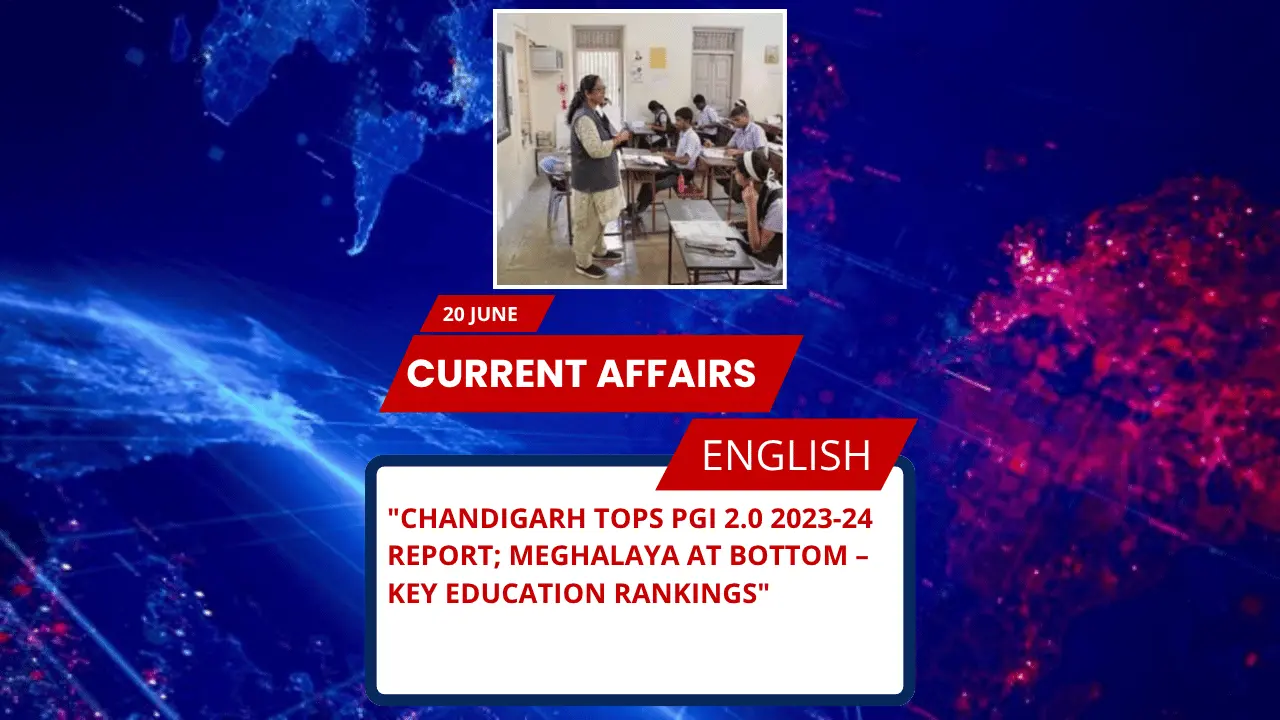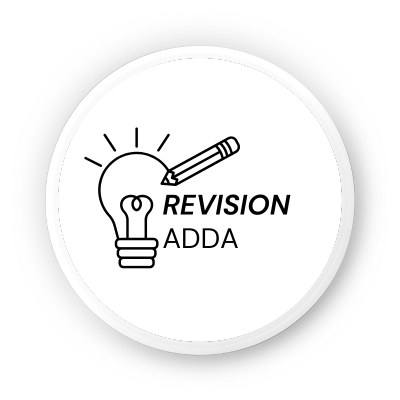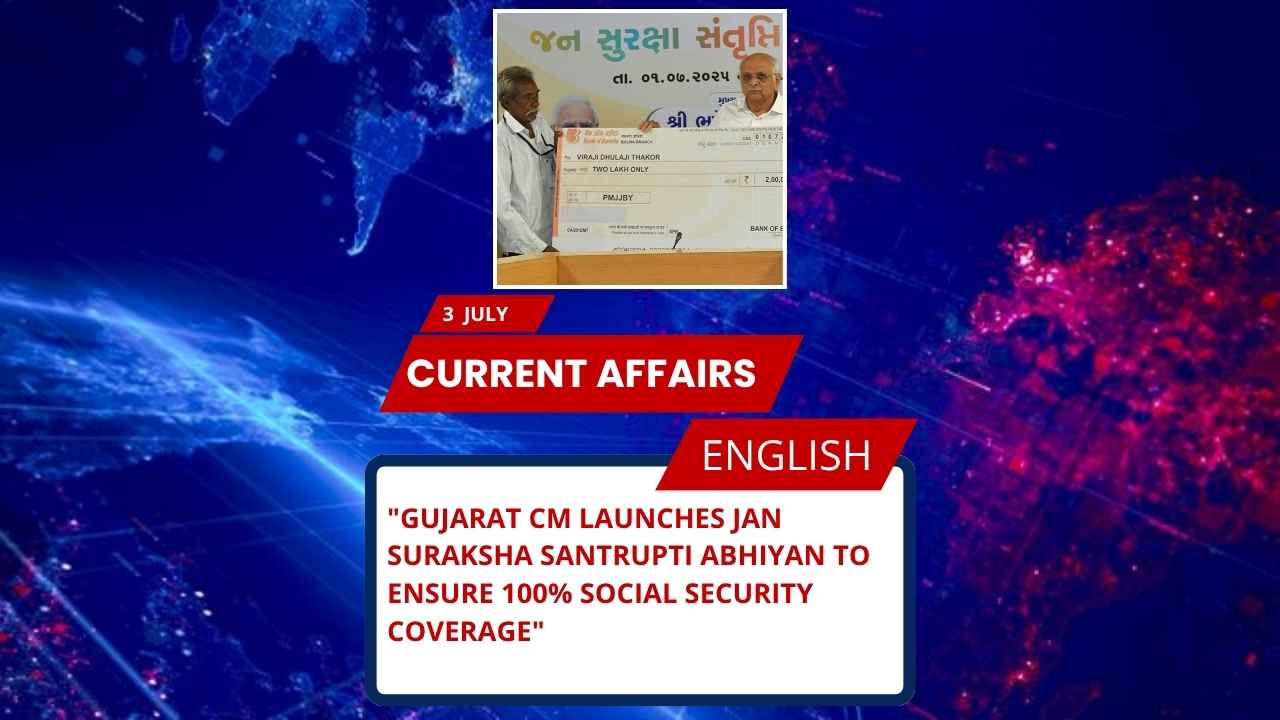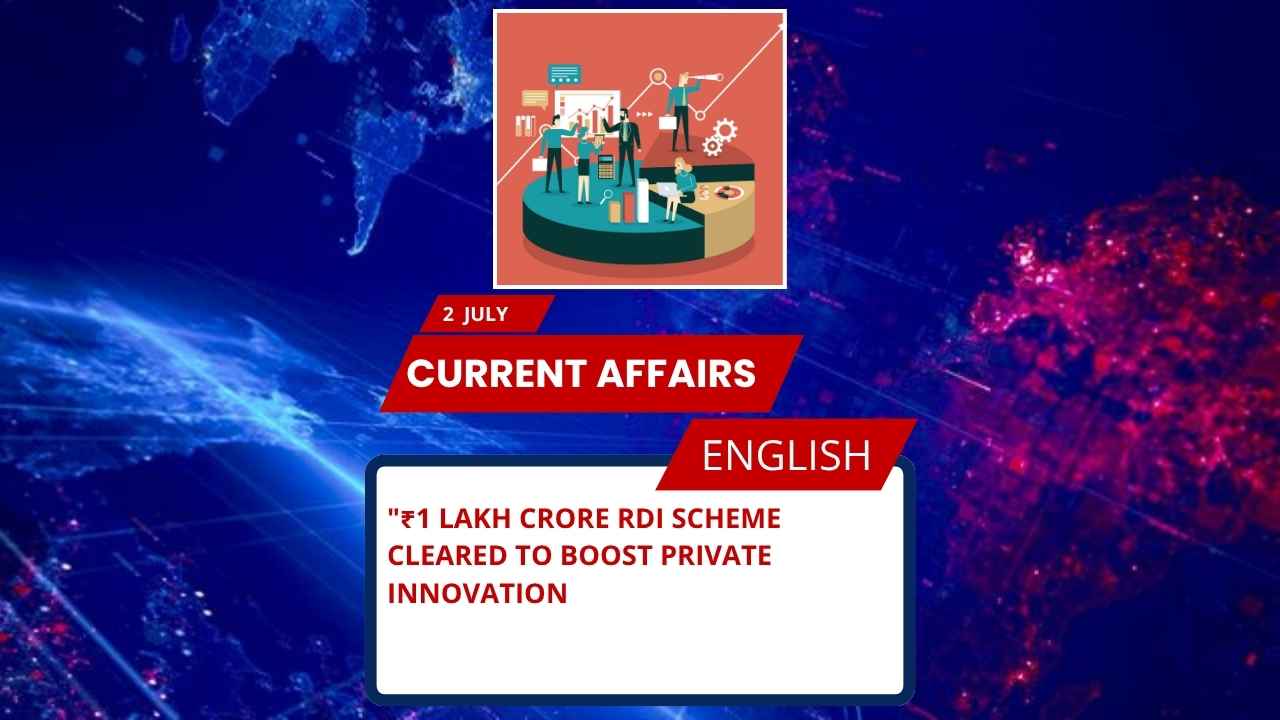
Key Points for SSC, UPSC & Government Exams
- Top Performers: Chandigarh (703), Punjab (631.1), Delhi (623.7)
- Lowest Performers: Meghalaya (417.9), Arunachal Pradesh, Mizoram, Nagaland, Bihar
- Total Points: Scores out of 1000
- PGI 2.0 Domains: Learning outcome, Access, Infrastructure, Equity, Governance, Teacher Education
- Data Sources: NAS 2021, UDISE+, PM POSHAN
- Total States/UTs Evaluated: 36
- Improved Scores: 25 states/UTs improved from 2022-23 to 2023-24
- Not Comparable: PGI 2.0 is structurally different from earlier PGI versions
All About PGI 2.0 Report 2023-24
What is PGI 2.0?
PGI, or Performance Grading Index, is a tool introduced in 2017 by the Ministry of Education to evaluate the quality of school education in Indian states and Union Territories. The upgraded PGI 2.0, rolled out in 2021, assesses performance across six critical domains:
- Learning Outcomes and Quality
- Access
- Infrastructure and Facilities
- Equity
- Governance Process
- Teacher Education and Training
How Are States/UTs Ranked?
Each State/UT is scored out of 1000 points, based on data from:
- NAS 2021 (National Achievement Survey)
- UDISE+ (Unified District Information System for Education Plus)
- PM POSHAN (Mid-day meal program)
These scores help the government identify weak areas and direct policy reforms.
Top Scoring States/UTs (2023-24)
- Chandigarh – 703
- Punjab – 631.1
- Delhi – 623.7
- Others in high scoring category (581-640): Kerala, Gujarat, Odisha, Haryana, Goa, Maharashtra, Rajasthan
Middle Range Scorers (521-580)
- Uttar Pradesh
- Tamil Nadu
- Karnataka
- Andhra Pradesh
- West Bengal
- Madhya Pradesh
- Himachal Pradesh
- Uttarakhand
Lowest Scoring States
- Meghalaya – 417.9
- Arunachal Pradesh – 461.4
- Mizoram – 464.2
- Nagaland – 468.6
- Bihar – 471.9
Performance Over Time
- Chandigarh has consistently remained the top performer:
- 2021-22: 659
- 2022-23: 687.8
- 2023-24: 703
- PGI 2.0 scores are not directly comparable with previous PGI reports due to grading modifications.
Static GK: States Mentioned in the Report
Chandigarh
- Capital: Chandigarh (UT)
- Administrator: Banwarilal Purohit
- Famous for: Rock Garden, Education rankings
Punjab
- Capital: Chandigarh
- CM: Bhagwant Mann
- Governor: Banwarilal Purohit
- Important Rivers: Sutlej, Beas
- National Parks: Abohar Wildlife Sanctuary, Harike Wetland
Delhi
- Capital: Delhi (UT)
- CM: Arvind Kejriwal
- Lt. Governor: Vinai Kumar Saxena
- Rivers: Yamuna
- Notable Areas: Education reforms, Mohalla clinics
Meghalaya
- Capital: Shillong
- CM: Conrad Sangma
- Governor: Phagu Chauhan
- National Parks: Nokrek, Balpakram
- Rivers: Simsang, Umngot
Gujarat
- Capital: Gandhinagar
- CM: Bhupendra Patel
- Rivers: Narmada, Sabarmati
- National Parks: Gir, Velavadar
Bihar
- Capital: Patna
- CM: Nitish Kumar
- Governor: Rajendra Arlekar
- National Parks: Valmiki National Park
- Rivers: Ganga, Gandak
Possible MCQs for Practice
1. Which Union Territory secured the top position in the PGI 2.0 report for 2023-24?
a) Delhi
b) Punjab
c) Chandigarh
d) Gujarat
Answer: c) Chandigarh
2. PGI 2.0 assesses school education across how many domains?
a) 4
b) 5
c) 6
d) 7
Answer: c) 6
3. Which state scored the lowest in the PGI 2.0 report 2023-24?
a) Bihar
b) Mizoram
c) Meghalaya
d) Nagaland
Answer: c) Meghalaya
4. What is the total score assigned to states/UTs under PGI 2.0?
a) 800
b) 1000
c) 1200
d) 1500
Answer: b) 1000
5. Which of the following is NOT a data source for PGI 2.0?
a) UDISE+
b) PM POSHAN
c) NAS 2021
d) NITI Aayog Index
Answer: d) NITI Aayog Index
UPSC Style FAQs (Answer Writing Format)
Q1. Discuss the significance of the PGI 2.0 report in shaping India’s school education policy.
Answer:
The Performance Grading Index (PGI) 2.0 is a comprehensive framework introduced by the Ministry of Education to evaluate school education across States and Union Territories. It is significant in shaping policy by providing quantifiable metrics in six domains including learning outcomes and infrastructure. The PGI helps identify specific areas of intervention, promotes competitive federalism, and aligns educational goals with the National Education Policy (NEP) 2020. It also encourages data-driven governance using tools like NAS 2021 and UDISE+. However, PGI 2.0 scores are not strictly comparable with earlier PGI due to changes in structure. Nonetheless, it remains a crucial benchmarking tool.
Q2. Why do you think some states consistently underperform in the PGI index? Suggest measures to improve their standing.
Answer:
States like Meghalaya and Bihar consistently underperform due to factors such as lack of infrastructure, poor governance mechanisms, insufficient teacher training, and high student drop-out rates. Geographic challenges and socio-economic disparities also hinder educational access. To improve their standing, the following measures are essential: (1) targeted funding for infrastructure, (2) digital learning expansion in remote areas, (3) rigorous teacher training programs, (4) better data tracking and accountability, and (5) enhanced mid-day meal coverage. Leveraging technology and community-based monitoring can further strengthen outcomes.







